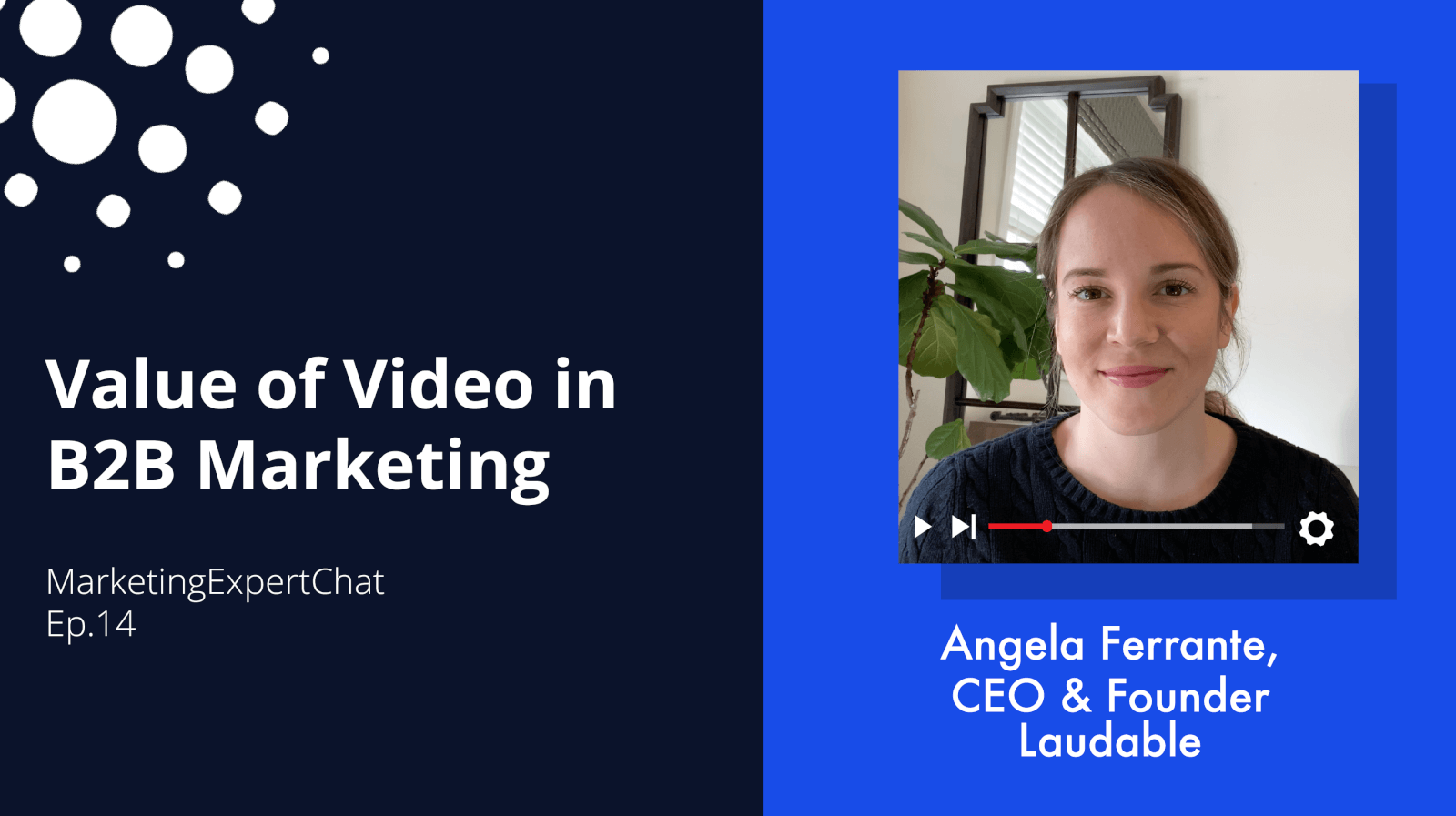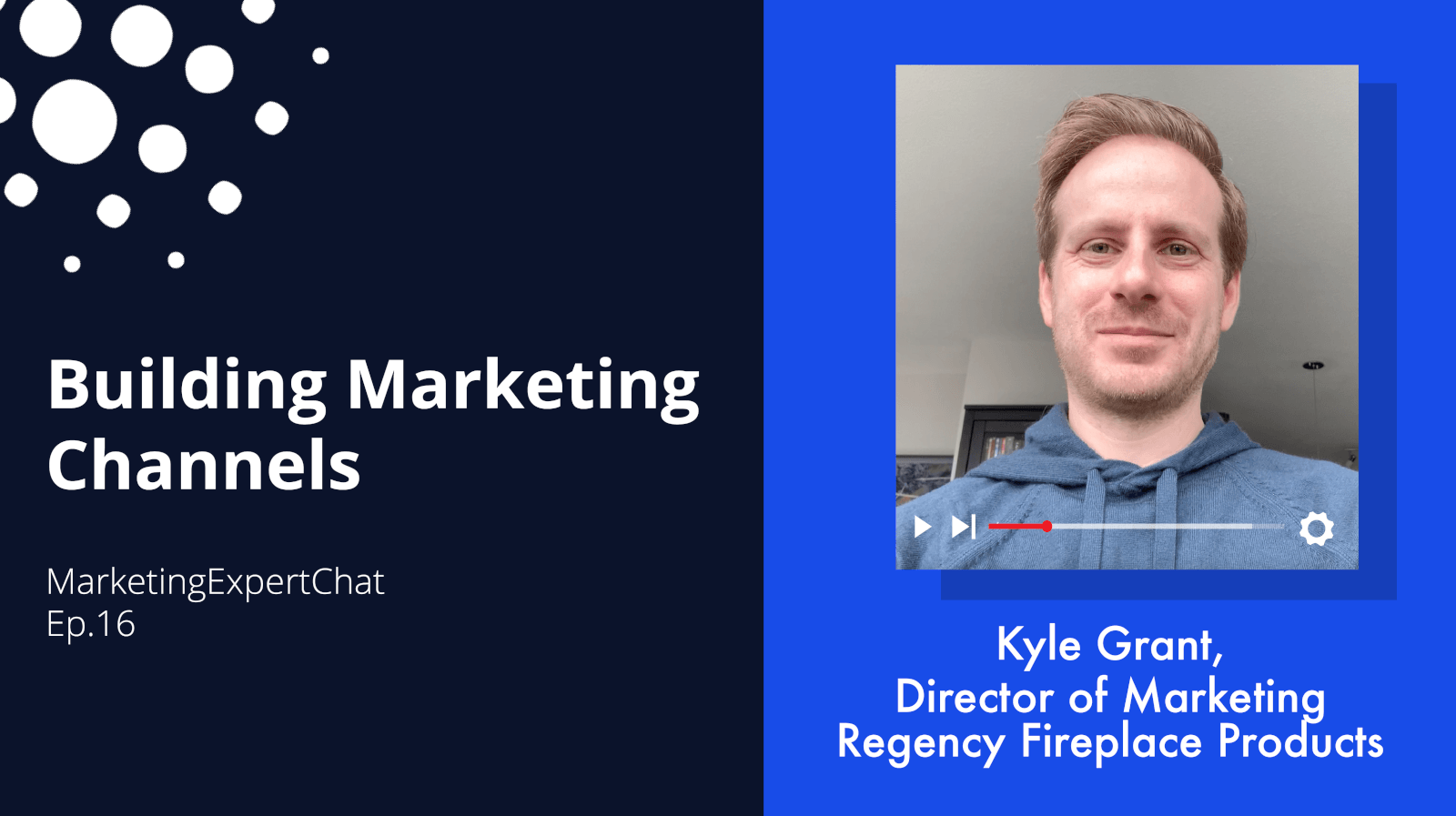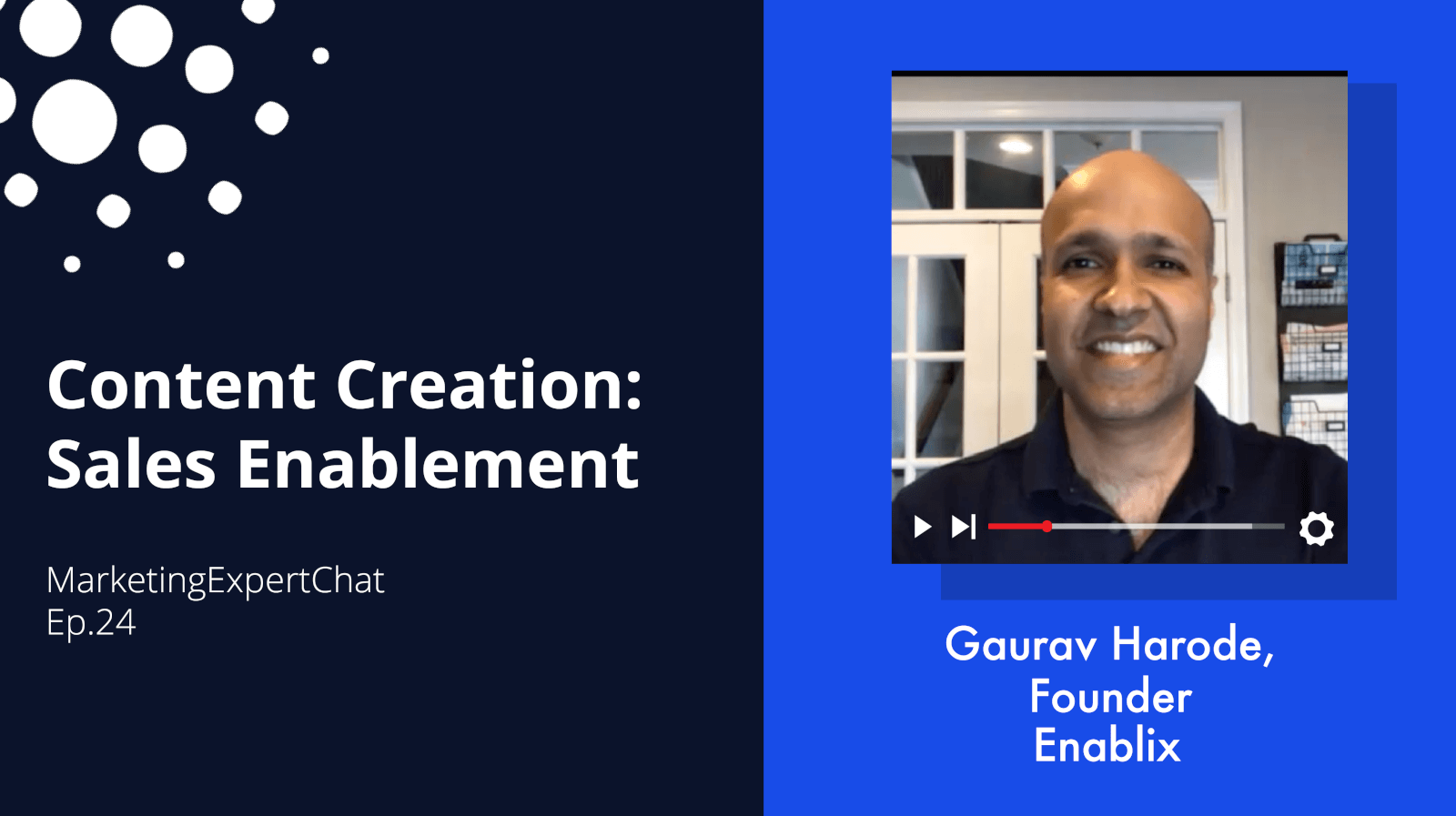We’ve covered what we think marketing in 2021 will look like for companies, but what about non-profit marketing?
Special events hosted to raise money and educate donors have come to a halt in the last year. So, without knowing when organizations can resume their annual events, how can they be sure marketing campaigns are still engaging their audience and raising the funds and awareness needed for their cause in the meantime?
The Need for Adaptability in Non-Profit Marketing
Stephanie AlKhafaji, VP of Strategy and Advancement for the Children’s Home Association of Illinois, has a few answers. In this episode of our Marketing Expert Chat series, Stephanie sheds light on how non-profits can segment their donors and target audiences and connect with them through strategies that align with the audience members’ motivations and values.
If you work for a non-profit, you won’t want to miss out on these insights! Tune in to Stephanie’s episode now and start re-connecting with your prospective donors today.
Video Transcript:
CAROLINE: Hi, today I’m here with Stephanie AlKhafaji. Stephanie has a diverse and rich marketing background. She’s done business development, communications, she’s worked in agencies, B2B companies and now nonprofits. Today, she’s the Vice President of Strategy and Advancement at the Children’s Home Association of Illinois. Stephanie, thank you so much for being with me today.
STEPHANIE: Thanks for having me.
CAROLINE: So I’m quite excited. This is the first time we have someone who works for nonprofits on this show and nonprofits have been quite vital for a lot of people in the past year but also really challenging year for nonprofits. So my question for you today is, in a world without events, in-person events, how can nonprofits keep engaging their donors? And also, how do you think this past year is gonna impact the future of fundraising as hopefully very soon in-person events are coming back?
STEPHANIE: Yeah, well, it’s no doubt that the hit that special events took because of COVID-19 was a pretty big blow, I think to all of nonprofits because we rely on those types of events so heavily to not only raise money but to educate donors, to reach out to new audiences. So I do think that that was a significant challenge but I think it’s really important for folks in the nonprofit industry to remember that special events really are just one tactic in the toolbox. So that is donor engagement. There are several ways you can and should be engaging your donors and special events is just one.
So one of the things think is most important for nonprofit leaders to do right now is to really sort of peel back kind of what motivates their donors in the first place. And this gets into marketing, audience segmentation 101, but it is just as applicable in private sector as it is in nonprofits. So if we can look at our donor base and try to segment it based on what their motivations are, why are they giving to our organization in the first place? I think that will shed some light on new ways that we can engage with them moving forward that are independent from special events.
For some donors that looks like giving to an organization that is financially stable and fiscally responsible. So for them maybe we need to make sure that we get our annual report in front of them in a way that previously didn’t seem as important because in the past they might have just expected well, I come to the flagship event every fall and that’s where I find out sort of the state of the state, I interact with the agency, I can sort of hear what’s going on and I don’t have to think about those things throughout the year because come fall I know I’ll go to that event. And since we don’t have that anymore, now we might make a special effort to get some of that information to them throughout the year in a way we just previously wouldn’t have. But all of that comes back to knowing what motivates them in the first place and then building those sort of tactics accordingly.
CAROLINE: Well, that’s really good. That’s really good advice. I think it’s actually applicable to a lot of businesses, as well as nonprofits but in the non-profit world, because, and I think we talked about this when we first met but because you’re not, you know what you are giving your donors is very intangible, right? It’s the satisfaction to contribute to a cause. So it’s even more important to understand what in your cause resonates with them, right?
STEPHANIE: Yeah, absolutely. And I think, you know, thinking through, for example if a donor is very motivated by mission as many donors are even passing through one level deeper to determine, have they been impacted by our organization or do someone they know or does a family member were they were impacted by the organization? In which case maybe that’s what tugs at their heart strings. Is it that this is just a social cause that they feel very strongly about in terms of giving back to their community? All of those things are just little sort of nuggets of information that give us clues for how to interact with our donors. Whatever their motivations are will tell us, really the way that they want us to communicate with them, the types of information they want to be communicated to.
So all of those things it’s really important to take inventory of. And I think COVID-19 gave us an opportunity to do that in a way that was probably not so subtle but I still think it is an opportunity to take an inventory of what those motivations are and then kind of align our strategy accordingly.
CAROLINE: Well, great. Thank you so much, Stephanie, for sharing your insights here. Really appreciate it.
STEPHANIE: Yeah, thank you so much for having me.





